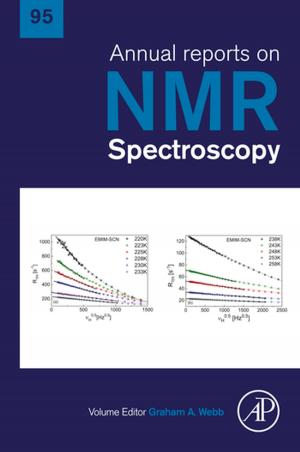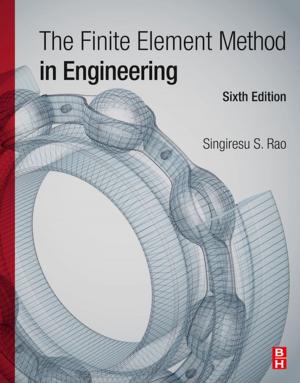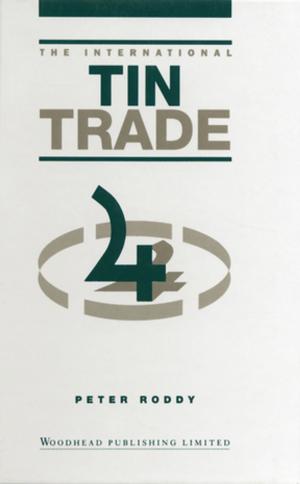Liquid-Solid Separators
Nonfiction, Science & Nature, Technology, Engineering, Chemical & Biochemical| Author: | Jean-Paul Duroudier | ISBN: | 9780081017821 |
| Publisher: | Elsevier Science | Publication: | November 23, 2016 |
| Imprint: | ISTE Press - Elsevier | Language: | English |
| Author: | Jean-Paul Duroudier |
| ISBN: | 9780081017821 |
| Publisher: | Elsevier Science |
| Publication: | November 23, 2016 |
| Imprint: | ISTE Press - Elsevier |
| Language: | English |
Liquid-Solid Separators, part of the Industrial Equipment for Chemical Engineering set, presents detailed information on the filtration parameters that are used to calculate and measure the properties of filters that separate a divided solid from a liquid. Well-known equations are used to describe the passing of a solution through a membrane, deducing the expression of membrane rejection for solutes.
Biological membranes are used as examples, and their ionic flows and involvement in reactions within the membrane are discussed. The author also provides information on the methods needed for understanding the equipment used in applied thermodynamics in the hope of encouraging students and engineers to self build the programs they need. Chapters are complemented with appendices that provide additional information and associated references.
- Presents detailed information on the filtration parameters that are used to calculate and measure the properties of filters that separate a divided solid from a liquid
- Describes the passing of a solution through a membrane, deducing the expression of membrane rejection for solutes
- Uses biological membranes as examples, discussing their ionic flows and involvement in reactions within the membrane
Liquid-Solid Separators, part of the Industrial Equipment for Chemical Engineering set, presents detailed information on the filtration parameters that are used to calculate and measure the properties of filters that separate a divided solid from a liquid. Well-known equations are used to describe the passing of a solution through a membrane, deducing the expression of membrane rejection for solutes.
Biological membranes are used as examples, and their ionic flows and involvement in reactions within the membrane are discussed. The author also provides information on the methods needed for understanding the equipment used in applied thermodynamics in the hope of encouraging students and engineers to self build the programs they need. Chapters are complemented with appendices that provide additional information and associated references.
- Presents detailed information on the filtration parameters that are used to calculate and measure the properties of filters that separate a divided solid from a liquid
- Describes the passing of a solution through a membrane, deducing the expression of membrane rejection for solutes
- Uses biological membranes as examples, discussing their ionic flows and involvement in reactions within the membrane















